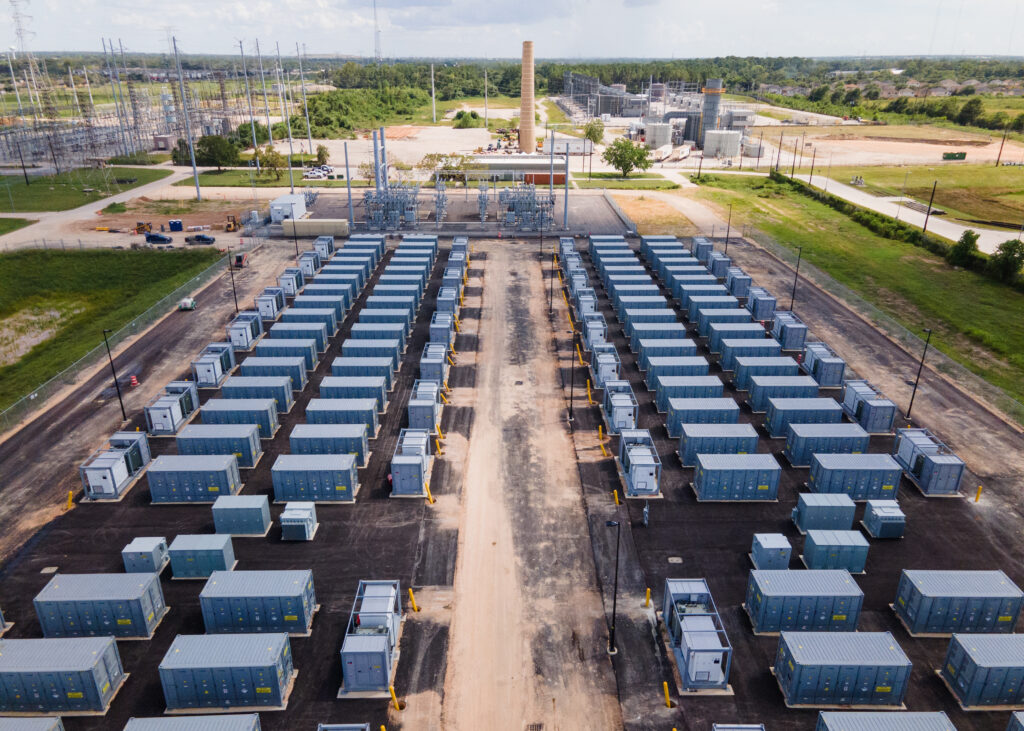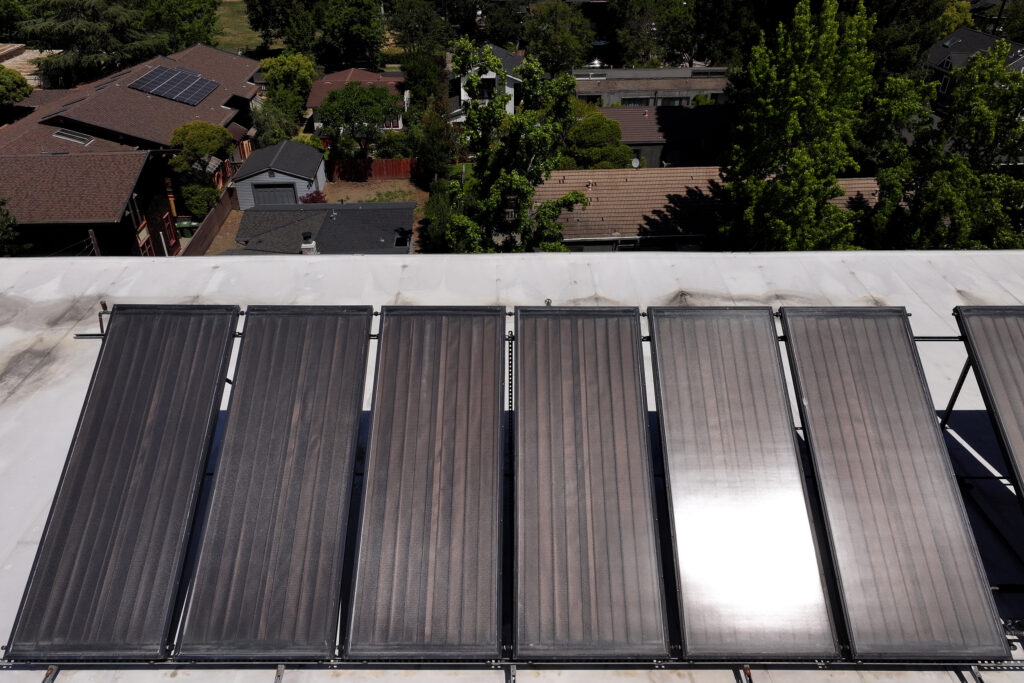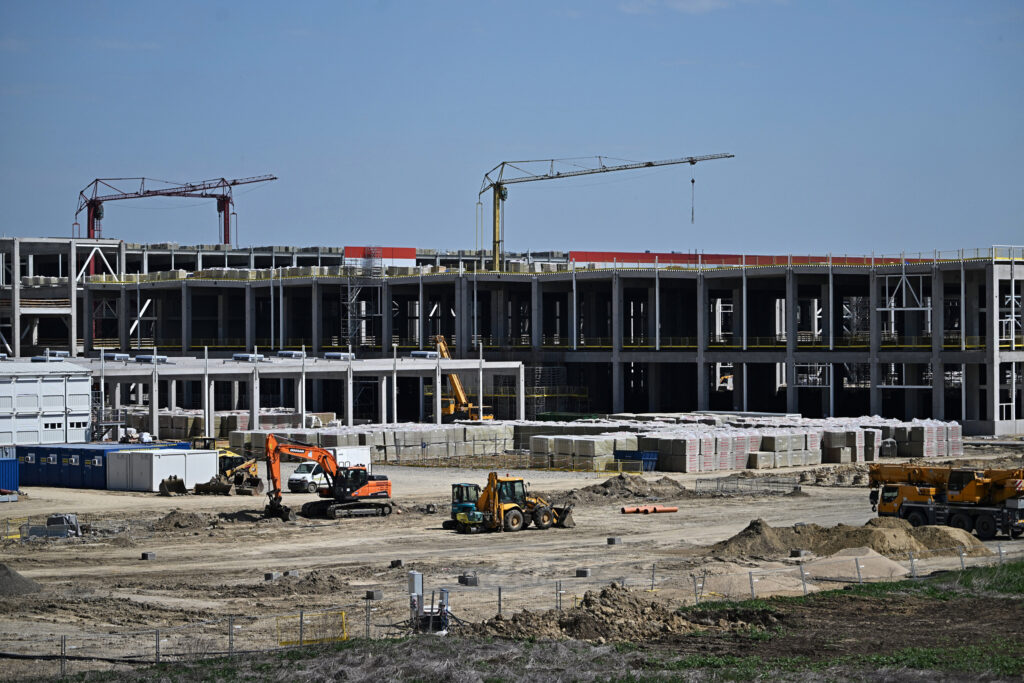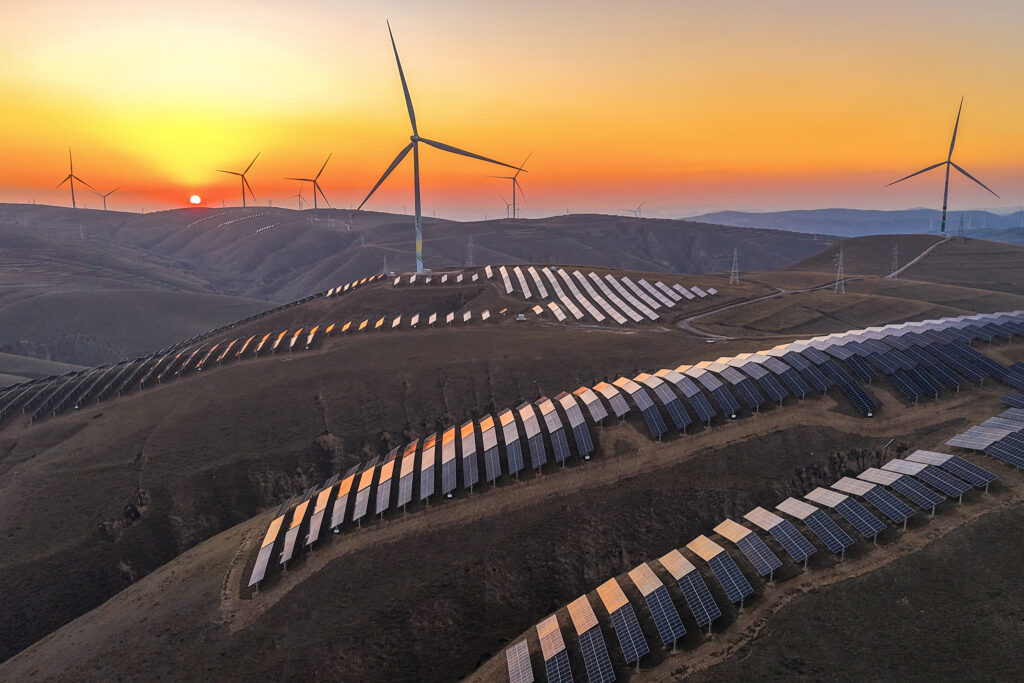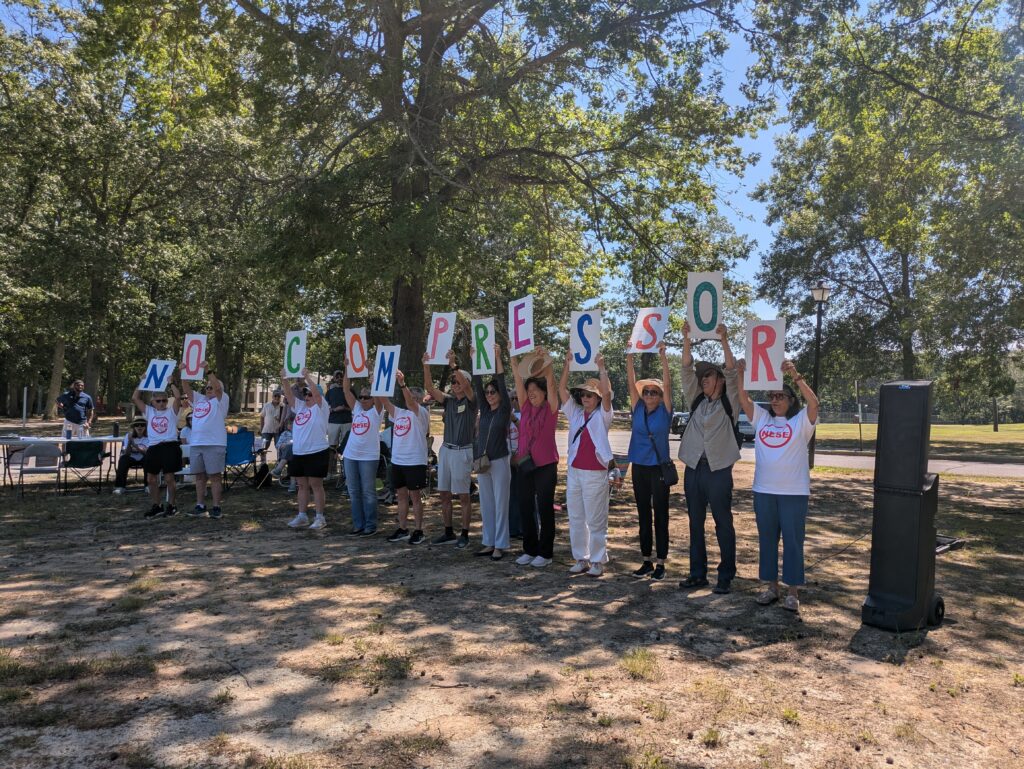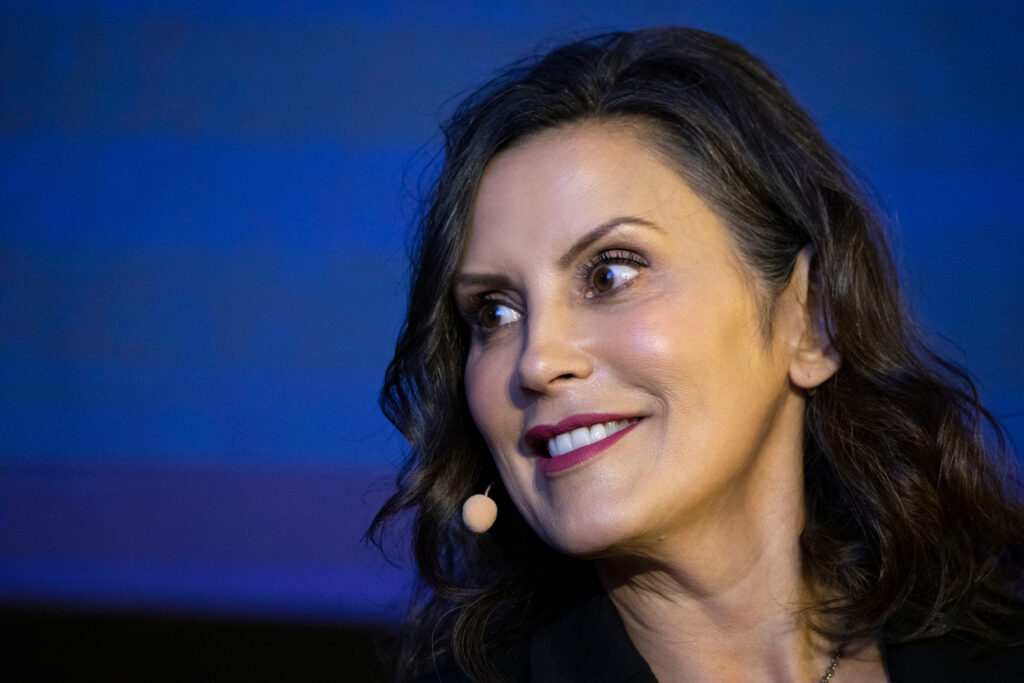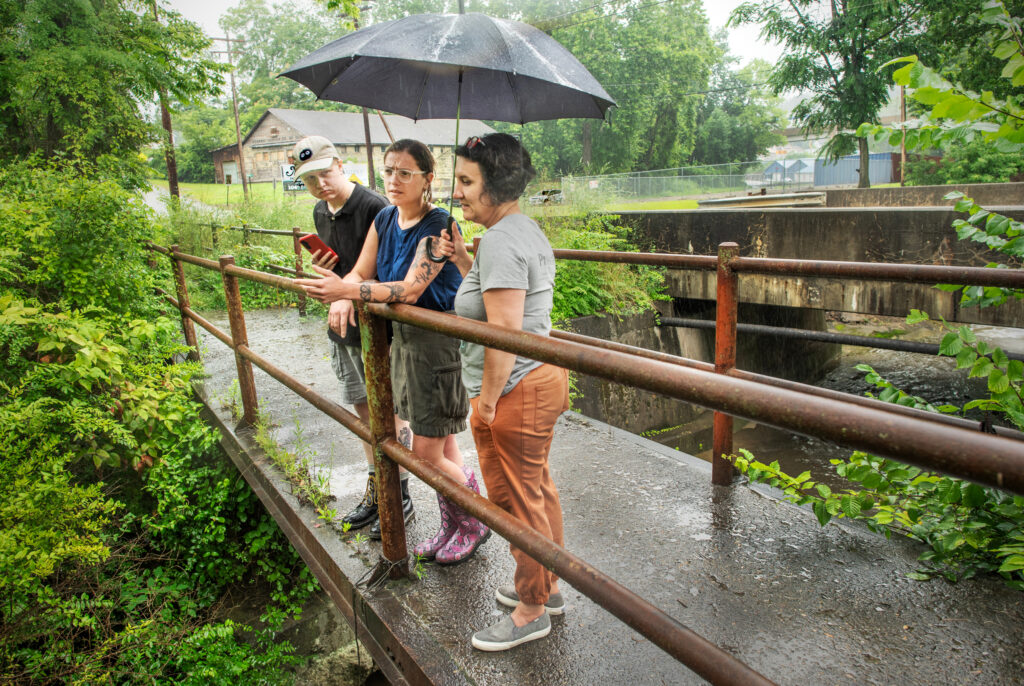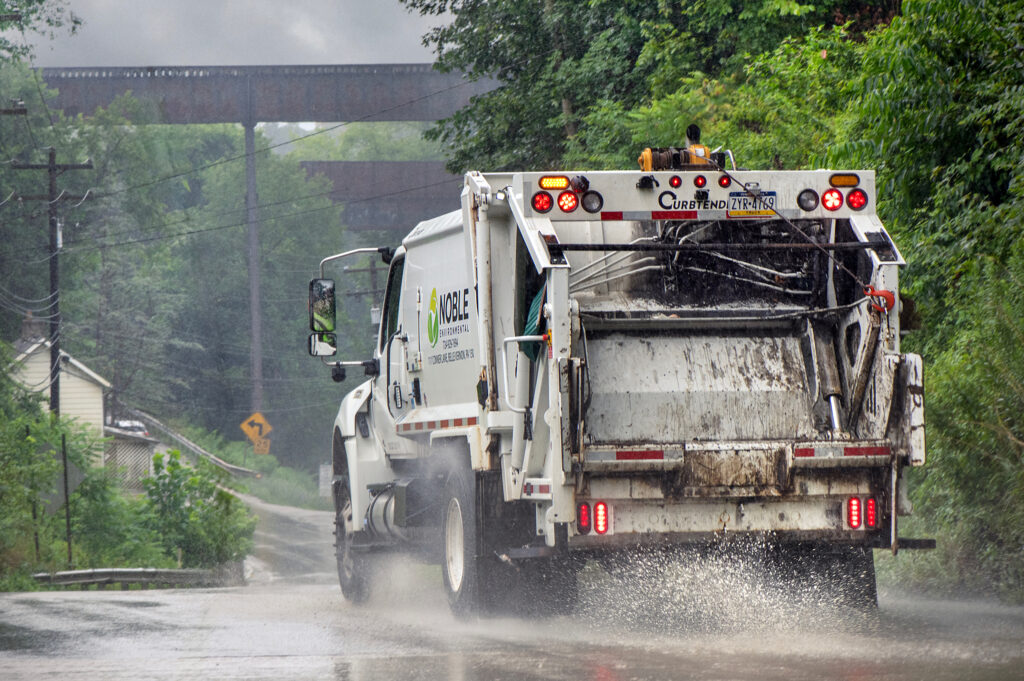NEW YORK—Early last year, New York City Mayor Eric Adams made a bold promise—green economy jobs in the city would increase to nearly 400,000 by 2040. These jobs would include anything from solar panel installation, to caring for green spaces, to designing ways to decarbonize buildings.
Since the passage of the state’s Climate Act, which boasted ambitious targets like a zero-emission electricity grid by 2040, a variety of new paths into the green economy for college graduates, low-income New Yorkers and union members have materialized.
In particular, this vision of abundant green jobs promised not to leave behind the city’s most disadvantaged communities, with hope for a myriad of “re-skilling” training pathways into many of these jobs.
We’re hiring!
Please take a look at the new openings in our newsroom.
See jobs
But a new report published last month by the Center for an Urban Future showed that growth in this sector has been limited, with only 2,184 new jobs created in 2023. The growth of green jobs relies heavily on building decarbonization, which accounted for over half of these positions in 2021, according to the city’s Green Economy Action Plan.
If the implementation of Local Law 97, which limits city building emissions, is muted, or renewable energy investments suffer due to the choices made at the federal level, green job growth could be much slower than planned, potentially curtailing upward mobility in multiple sections of the city’s workforce, especially in disadvantaged communities.
Community organizations, unions and manufacturing centers across the city have developed their own educational programs, hoping to provide New Yorkers with pathways into these new types of jobs. But if the pace of job growth continues to be slow, there may be no jobs for these people to take.
In 2022, the New York City mayoral administration’s efforts to kickstart the city’s initial economic recovery from the pandemic featured extensive talk of the promise of green jobs. In this plan, the city would develop a green economy that helps create accessible middle-skill jobs for New Yorkers, and advance environmental justice goals in local communities.
It was in this context that the RETI Center, a community organization based in the Brooklyn waterfront neighborhood of Red Hook, started its green job training program. The program, which trains around 80 people a year, initially only educated its students for jobs in solar panel installation.
As time went on and those jobs didn’t materialize in large enough numbers, the center expanded its training to include battery storage systems and electric vehicles to ensure the Red Hook community had more options for jobs they could go into.
“We’ve had to pivot to really get more options for job opportunities,” said Maria Orejuela, a workforce development coordinator at the RETI Center. “We still haven’t seen that explosion of jobs that we expected to see by this time.”
This program only trains low-income New Yorkers, particularly those who face barriers to employment such as a criminal record or a lack of a college degree. Overall, Orejuela says that the RETI Center is able to place half of their students in jobs, internships or continuing education.

The rest, she said, often get discouraged when they cannot find employment quickly. Though the training can be an important lifeline to unemployed members of the Red Hook community, it does not offer reliable access to entry-level employment or apprenticeships in solar installation, as it was initially intended.
This can partially be explained by a slow pace of job growth in the solar industry in general. According to the Center for an Urban Future’s report, despite the growth in popularity of solar energy, it has accounted for only 750 new job postings in the last decade.
“The pace of hiring has been much slower than I think most folks anticipated,” said Eli Dvorkin, the author of the report. “That presents a real challenge for the workforce organizations that are rightly focused on helping New Yorkers access those careers, but can’t achieve that lift-off without more of those jobs actually coming online.”
The HOPE Program, a citywide workforce development program, also provides pathways to low-income residents into the green workforce—this time in building electrification and energy efficiency. Trainees from these programs are able to enter into apprenticeships to become electricians or work in construction and building maintenance, among other jobs.
According to a spokesperson, 60 percent of graduates from their green training programs find job placements. The CoolRoofs program in particular, which employs trainees to paint city building roofs white in order to reduce heat absorption in the summer months, is in high demand.
“Adoption takes time—it takes time so I’m betting on the long term,” said Tracey Capers, the program’s executive director. “Buildings are clamoring for the opportunity to take advantage of our program because it helps them to reduce their energy costs.”
Educational pathways into the green economy are also being created to appeal to another demographic—college graduates. The manufacturing center at the Brooklyn Navy Yard, which houses over 500 businesses, has recently launched a “Green Accelerators” program which places students in paid internships with its companies for the summer.
Nikki Evans, the senior vice president of workforce development and education, hopes that the program will enable young people to have a more expansive vision of what jobs are available to them in the city’s green economy.
“One of the things that’s key for me is helping them to understand the types of problems that are being solved,” said Evans. “The number of jobs, especially in things like building systems, energy efficiency and things like that, have been consistently growing in New York City over the past five years.”
This story is funded by readers like you.
Our nonprofit newsroom provides award-winning climate coverage free of charge and advertising. We rely on donations from readers like you to keep going. Please donate now to support our work.
Donate Now
The opportunities for New Yorkers with a college degree are more expansive, with a variety of jobs in energy-efficient building design, sustainability and entrepreneurship, among others.
According to Dvorkin’s report, there are also many jobs in sectors that already exist, like architecture and engineering, that are increasingly looking for candidates with green skills.
Employers posted over 22,000 job openings for candidates with these skills, up from around 19,000 in 2019.
“Many of those jobs are growing in industries that are typically hiring folks with college degrees, industries like architecture and engineering, finance, higher education,” said Dvorkin. “Where there is some notable increase in hiring demand, it’s often for jobs that are out of reach for many New Yorkers with only a high school diploma.”
District Council 37, the city’s largest municipal employee union, has also created its own green jobs training initiative to enable upward mobility among its members. According to Henry Garrido, the executive director of the union, members in the engineering and architecture sections of the city government are the most likely trainees for this program.
These employees are increasingly required to get green design certification, like the LEED certificate, to remain in their jobs or to move up in their departments. Other trainees include custodians and building maintenance operators who need a certification for operating boilers or HVAC systems.
“We’re trying to attach collective bargaining increases in additional compensation for people who will get certified in that area,” said Garrido. “I think the majority of people are looking at this as the path of upward mobility.”
“Where there is some notable increase in hiring demand, it’s often for jobs that are out of reach for many New Yorkers with only a high school diploma.”
— Eli Dvorkin, Center for an Urban Future
However, according to Garrido, the promotions associated with these training programs have largely been limited due to many requiring the candidates to pass a test.
“That testing is done by the [Department of Citywide Administrative Services] and they’ve been short-staffed because of the budget cuts, so you don’t have a lot of people being able to administer a lot of those job promotions,” said Garrido.
Though bureaucratic delays can account for some of the limits to the growth of green jobs within the city government, other more broad explanations include city buildings’ slow move towards energy efficiency and electrification, and the Trump administration’s opposition to renewable energy projects, particularly offshore wind.
Local Law 97, which places emission limits on large buildings from May of this year, will penalize building owners who exceed their limits. Despite this, few buildings have made the switch to electrify their heating and cooling systems, which account for most of these buildings’ emissions.
According to Dvorkin’s report, just 2,021 permits to install new heating and cooling systems have been filed since 2017. The cost of fitting large buildings with heat pumps or other more climate-friendly systems can be very expensive, and there is currently no agreed-upon approach, particularly for older buildings.
“If they don’t have the money, or they’re not able to do it, or if building [owners] aren’t clear on what’s required for their building, then you’re not doing those on site [emission] reductions,” said Jenille Scott, the climate director for the worker advocacy group Alliance for a Greater New York. “If the on-site work is not being done, then the jobs are not being created.”
The Trump Administration issued a memorandum in January that froze all offshore wind permitting and leasing pending a federal review. Even some projects that had already received permits and were thought to be able to proceed have been impacted. The Empire Wind 1 project, which would build 54 wind turbines off the coast of Long Island and create thousands of new jobs at the city’s South Brooklyn Marine Terminal, was recently halted by the Trump administration—further limiting job growth in that sector.
The President is also attempting to claw back the funding for the Environmental Protection Agency’s Solar For All program, a Biden-era initiative which enabled low-income communities to gain access to solar projects and obtain credits for their utility bills. These efforts could also curtail the expansion of the solar industry and thus much-needed entry-level jobs.
“The city’s future is in its own hands—it always has been,” said Dvorkin. “It helps when Washington is rowing the same direction, but the success of New York City’s green economy will ultimately hinge on the city and state’s ability to work together to unlock its full potential.”
About This Story
Perhaps you noticed: This story, like all the news we publish, is free to read. That’s because Inside Climate News is a 501c3 nonprofit organization. We do not charge a subscription fee, lock our news behind a paywall, or clutter our website with ads. We make our news on climate and the environment freely available to you and anyone who wants it.
That’s not all. We also share our news for free with scores of other media organizations around the country. Many of them can’t afford to do environmental journalism of their own. We’ve built bureaus from coast to coast to report local stories, collaborate with local newsrooms and co-publish articles so that this vital work is shared as widely as possible.
Two of us launched ICN in 2007. Six years later we earned a Pulitzer Prize for National Reporting, and now we run the oldest and largest dedicated climate newsroom in the nation. We tell the story in all its complexity. We hold polluters accountable. We expose environmental injustice. We debunk misinformation. We scrutinize solutions and inspire action.
Donations from readers like you fund every aspect of what we do. If you don’t already, will you support our ongoing work, our reporting on the biggest crisis facing our planet, and help us reach even more readers in more places?
Please take a moment to make a tax-deductible donation. Every one of them makes a difference.
Thank you,






